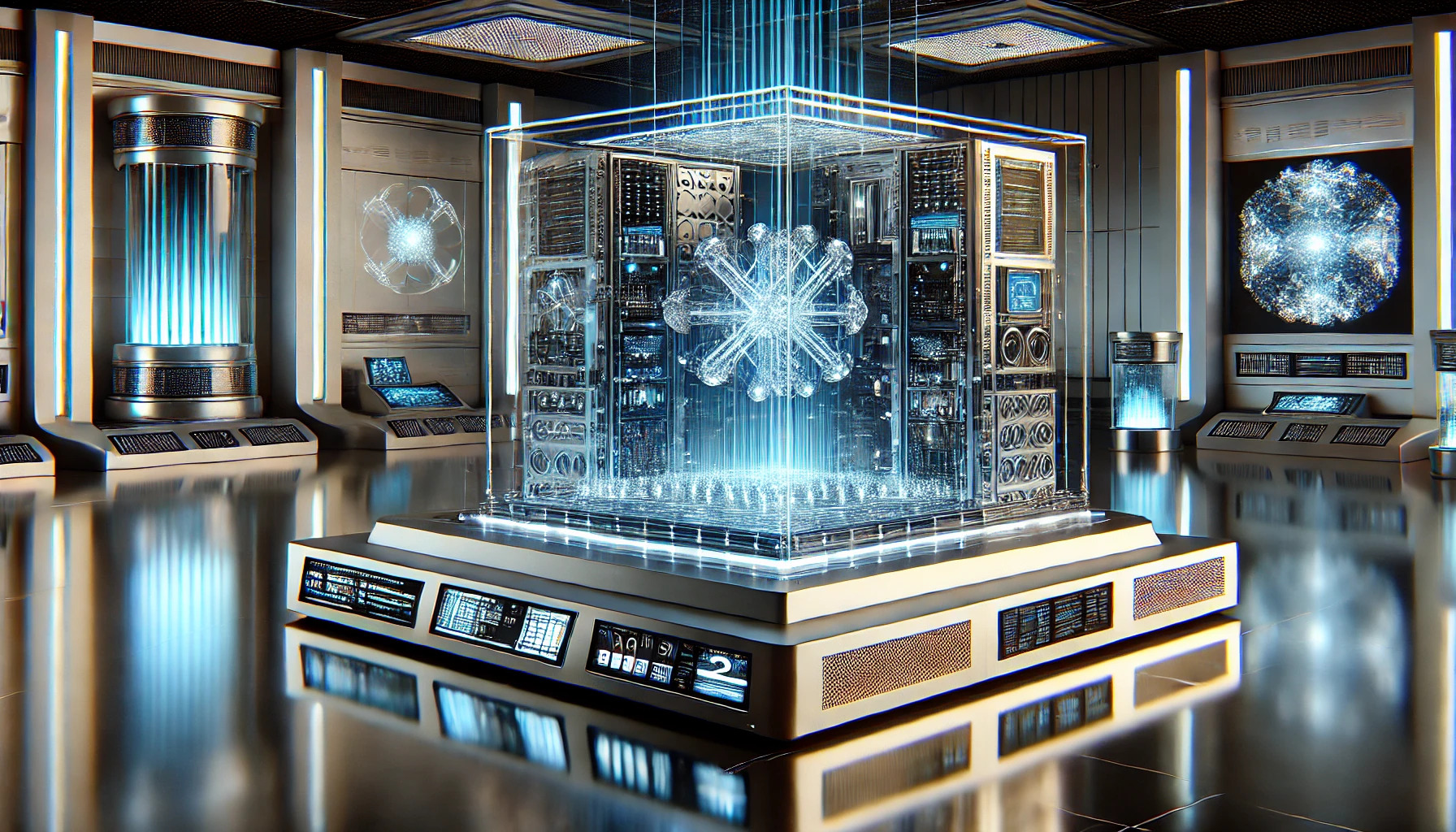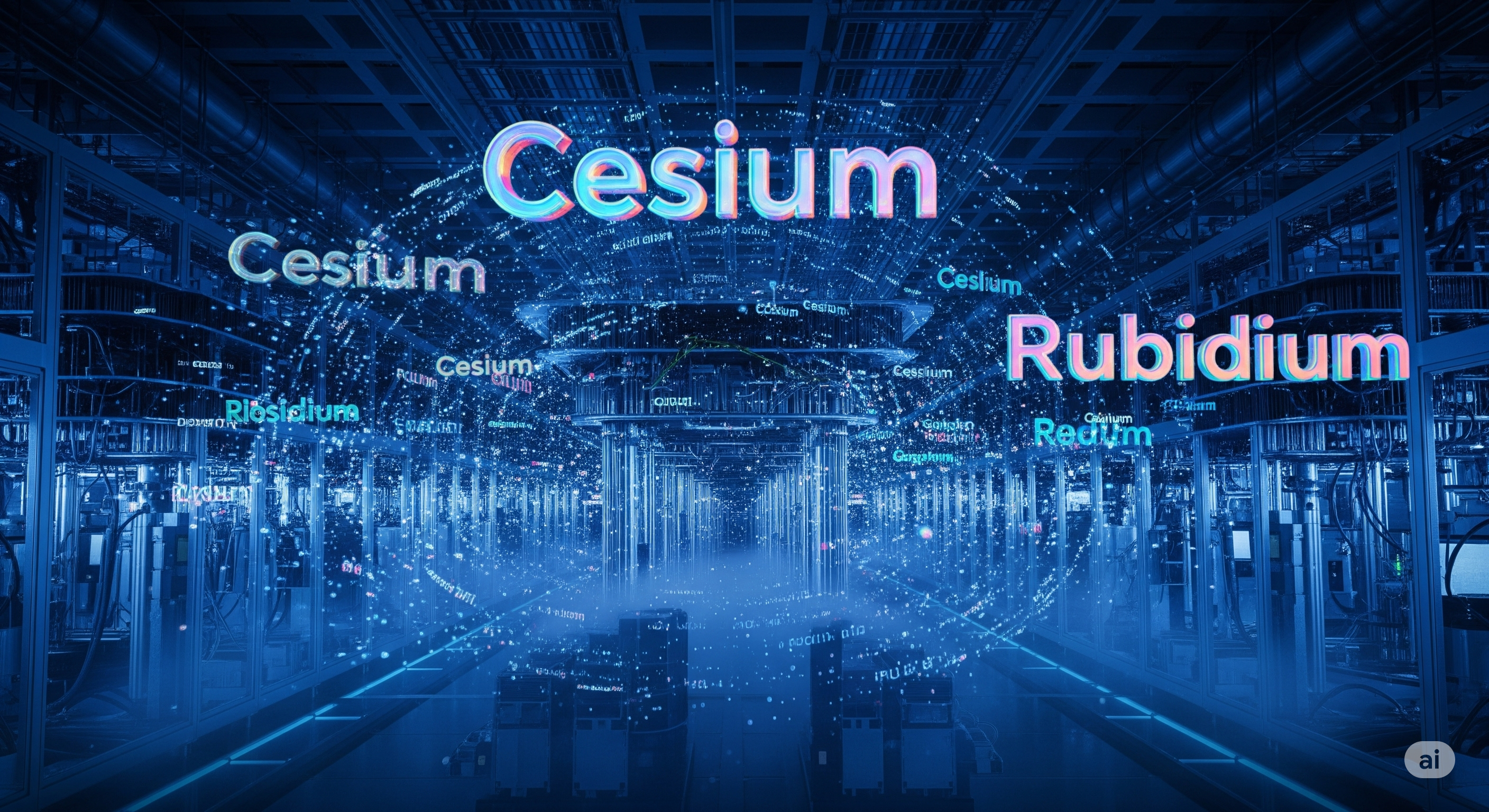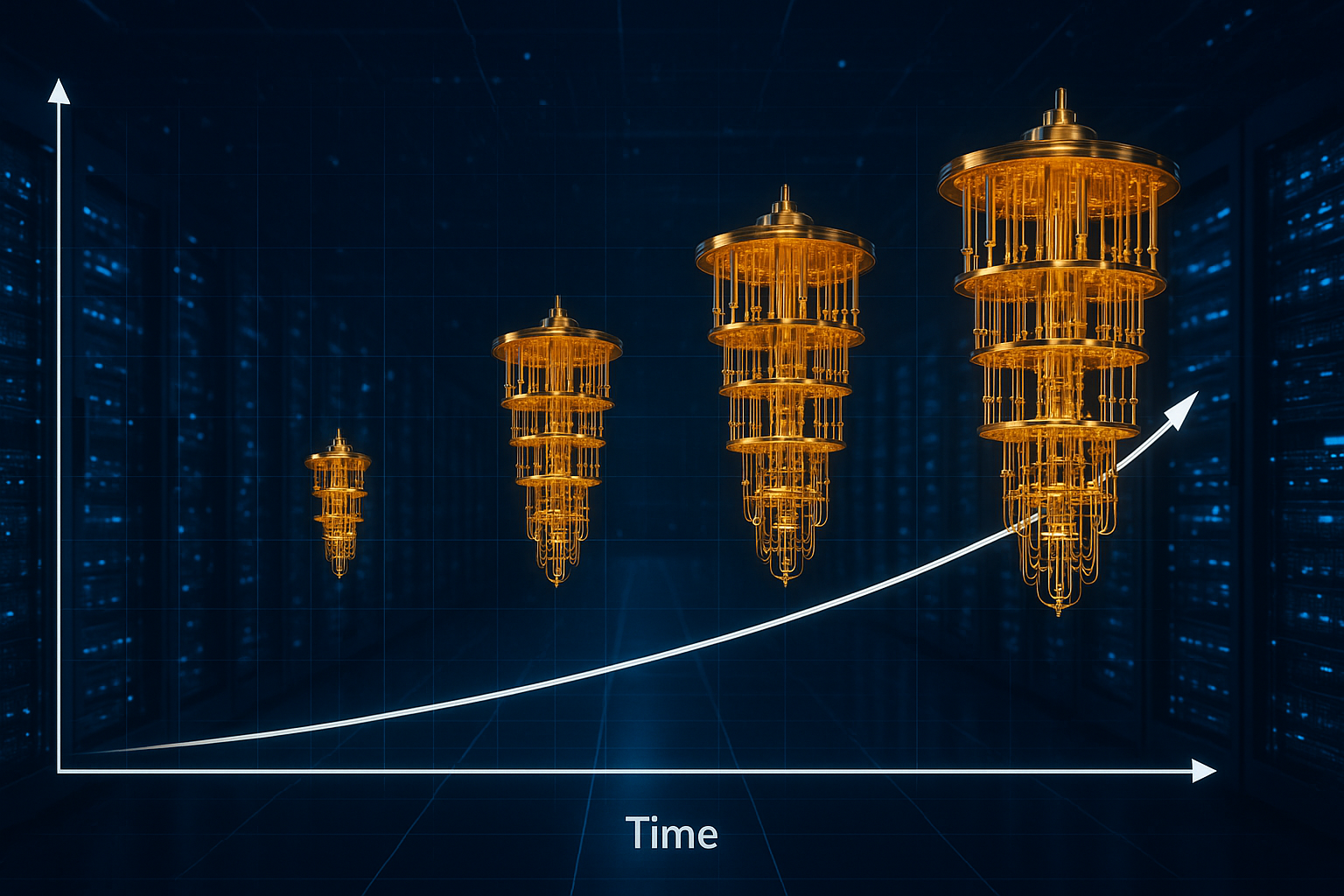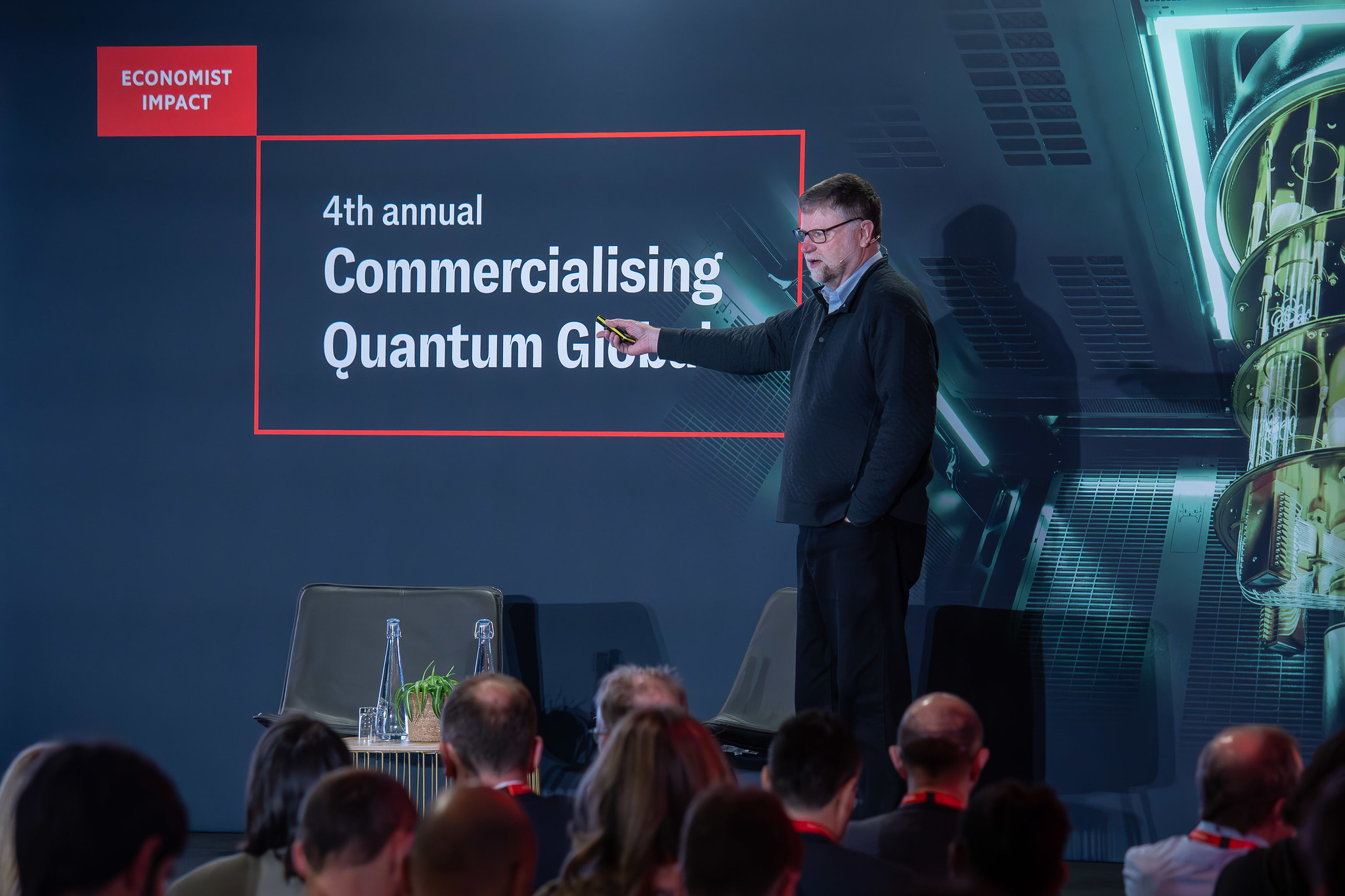Commentary and a selection of the most important recent news, articles, and papers about Quantum.
Today’s Brief Commentary
Regarding “hybrid quantum computing,” please try to use a quantum computer with no classical computer in the process. No laptop, no cloud, no classical control, no classical processes in the workflow, no classical code at all. You can only use the quantum computer. I’ll wait.
It’s a useless phrase. What we do is called “computing.” Stop trying to sound novel by inserting “hybrid” into the mix.
General News, Articles, and Analyses
Senators want answers from DOD on quantum sensing efforts – Nextgov/FCW
https://www.nextgov.com/defense/2024/10/senators-want-answers-dod-quantum-sensing-efforts/400061/
Author: Patrick Tucker
(Friday, October 4, 2024) “Two U.S. senators are working across the aisle to get answers from the Pentagon about its efforts to advance quantum sensing — whose promises include jam-resistant position-navigation-timing systems — and whether the U.S. military can keep pace with China in the field.”
Quantum computing and photonics discovery potentially shrinks critical parts by 1,000 times
https://phys.org/news/2024-10-quantum-photonics-discovery-potentially-critical.html
(Monday, October 14, 2024) “A class of quantum computers being developed now relies on light particles, or photons, created in pairs linked or “entangled” in quantum physics parlance. One way to produce these photons is to shine a laser on millimeter-thick crystals and use optical equipment to ensure the photons become linked. A drawback to this approach is that it is too big to integrate into a computer chip. Now, Nanyang Technological University, Singapore (NTU Singapore) scientists have found a way to address this approach’s problem by producing linked pairs of photons using much thinner materials that are just 1.2 micrometers thick, or about 80 times thinner than a strand of hair. And they did so without needing additional optical gear to maintain the link between the photon pairs, making the overall set-up simpler.”
Diamond bonding technique could improve both quantum and conventional electronics
https://phys.org/news/2024-10-diamond-bonding-technique-quantum-conventional.html
Author: Paul Dailing
(Wednesday, October 16, 2024) “Synthetic diamond is durable, inert, rigid, thermally conductive and chemically well-behaved—an elite material for both quantum and conventional electronics. But there’s one problem. Diamond only likes diamond.”
IQM selected to deliver two advanced quantum computers as part of Euro-Q-Exa hybrid system | Press releases IQM
(Wednesday, October 16, 2024) “The EuroHPC Joint Undertaking (EuroHPC JU) has signed a purchase agreement with IQM Quantum Computers (IQM), a global leader in designing, building, and selling superconducting quantum computers. Under the agreement, IQM will deliver two advanced Radiance quantum systems of 54 qubits and 150 qubits in the second half of 2025 and by the end of 2026, respectively.”
Post-Quantum Cryptography and Security
Experts slam Chinese research on quantum encryption attack | TechTarget
Author: Rob Wright
(Wednesday, October 16, 2024) “Researchers at Shanghai University claim to have cracked RSA encryption using D-Wave quantum systems, but infosec experts say the claims are overblown.”
Technical Papers, Articles, and Preprints
[2404.17570] A manufacturable platform for photonic quantum computing
https://arxiv.org/abs/2404.17570
Authors: Alexander, Koen; Bahgat, Andrea; Benyamini, Avishai; Black, Dylan; Bonneau, Damien; Burgos, Stanley; Burridge, Ben; Campbell, Geoff; Catalano, Gabriel; Ceballos, Alex; Chang, Chia-Ming; Chung, CJ; Danesh, Fariba; Dauer, Tom; Davis, Michael; Dudley, Eric; Er-Xuan, Ping; Fargas, Josep; Farsi, Alessandro; Fenrich, Colleen; …; and Zhou, Xinran
(Friday, April 26, 2024) “Whilst holding great promise for low noise, ease of operation and networking, useful photonic quantum computing has been precluded by the need for beyond-state-of-the-art components, manufactured by the millions. Here we introduce a manufacturable platform for quantum computing with photons. We benchmark a set of monolithically-integrated silicon photonics-based modules to generate, manipulate, network, and detect photonic qubits, demonstrating dual-rail photonic qubits with 99.98% ± 0.01% state preparation and measurement fidelity, Hong-Ou-Mandel quantum interference between independent photon sources with 99.50%±0.25% visibility, two-qubit fusion with 99.22%±0.12% fidelity, and a chip-to-chip qubit interconnect with 99.72%±0.04% fidelity, not accounting for loss. In addition, we preview a selection of next generation technologies, demonstrating low-loss silicon nitride waveguides and components, fabrication-tolerant photon sources, high-efficiency photon-number-resolving detectors, low-loss chip-to-fiber coupling, and barium titanate electro-optic phase shifters.”
Fault-Tolerant Quantum Computation by Hybrid Qubits with Bosonic Cat Code and Single Photons
https://journals.aps.org/prxquantum/abstract/10.1103/PRXQuantum.5.030322
Authors: Jaehak Lee; Nuri Kang; Seok-Hyung Lee; Hyunseok Jeong; Liang Jiang; and Seung-Woo Lee
(Friday, August 2, 2024) “Hybridizing different degrees of freedom or physical platforms potentially offers various advantages in building scalable quantum architectures. Here, we introduce a fault-tolerant hybrid quantum computation by building on the advantages of both discrete-variable (DV) and continuous-variable (CV) systems. In particular, we define a CV-DV hybrid qubit with a bosonic cat code and a single photon, which is implementable in current photonic platforms. Due to the cat code encoded in the CV part, the predominant loss errors are readily correctable without multiqubit encoding, while the logical basis is inherently orthogonal due to the DV part. We design fault-tolerant architectures by concatenating hybrid qubits and an outer DV quantum error-correction code such as a topological code, exploring their potential merit in developing scalable quantum computation. We demonstrate by numerical simulations that our scheme is at least an order of magnitude more resource efficient compared to all previous proposals in photonic platforms, allowing us to achieve a record-high loss threshold among existing CV and hybrid approaches. We discuss the realization of our approach not only in all-photonic platforms but also in other hybrid platforms including superconducting and trapped-ion systems, which allows us to find various efficient routes toward fault-tolerant quantum computing.”
Related Articles and Papers
[2404.03367] Photonic Quantum Computing
https://arxiv.org/abs/2404.03367
Authors: Romero, Jacquiline and Milburn, Gerard
(Thursday, April 4, 2024) “Photonic quantum computation refers to quantum computation that uses photons as the physical system for doing the quantum computation. Photons are ideal quantum systems because they operate at room temperature, and photonic technologies are relatively mature. The field is largely divided between discrete- and continuous-variable photonic quantum computation. In discrete-variable (DV) photonic quantum computation, quantum information is represented by one or more modal properties (e.g. polarization) that take on distinct values from a finite set. Quantum information is processed via operations on these modal properties and eventually measured using single photon detectors. In continuous-variable (CV) photonic quantum computation, quantum information is represented by properties of the electromagnetic field that take on any value in an interval (e.g. position). The electromagnetic field is transformed via Gaussian and non-Gaussian operations, and then detected via homodyne detection. Both CV and DV photonic quantum computation have been realized experimentally and they each have a unique set of challenges that need to be overcome to achieve scalable photonic universal quantum computation. This article is an introduction to photonic quantum computing, charting its development from the early days of linear optical quantum computing to recent developments in quantum machine learning.”
This post is also available on Substack.




